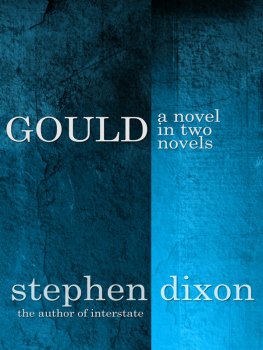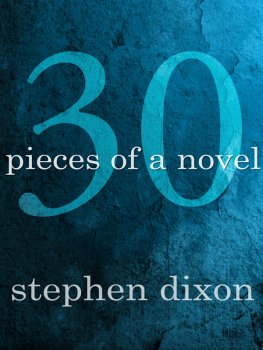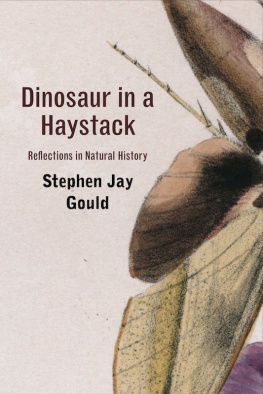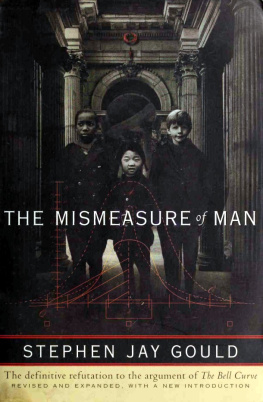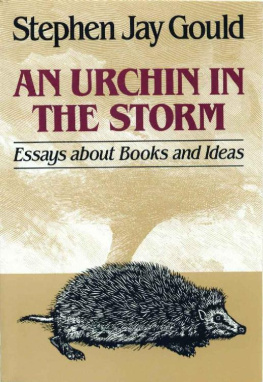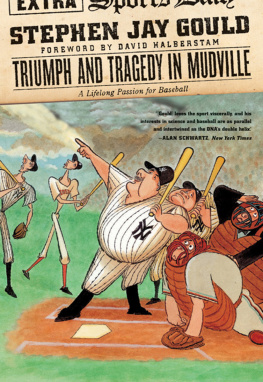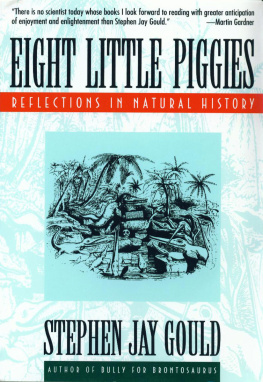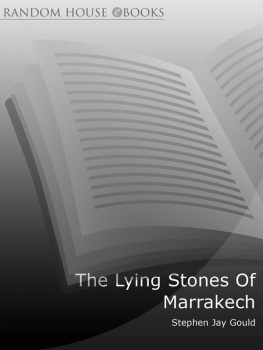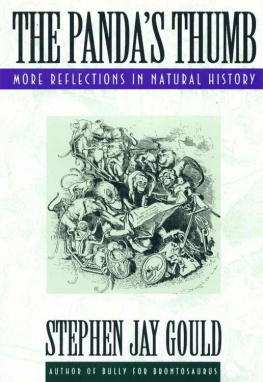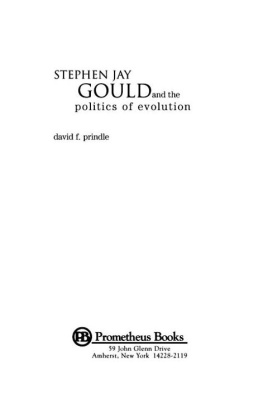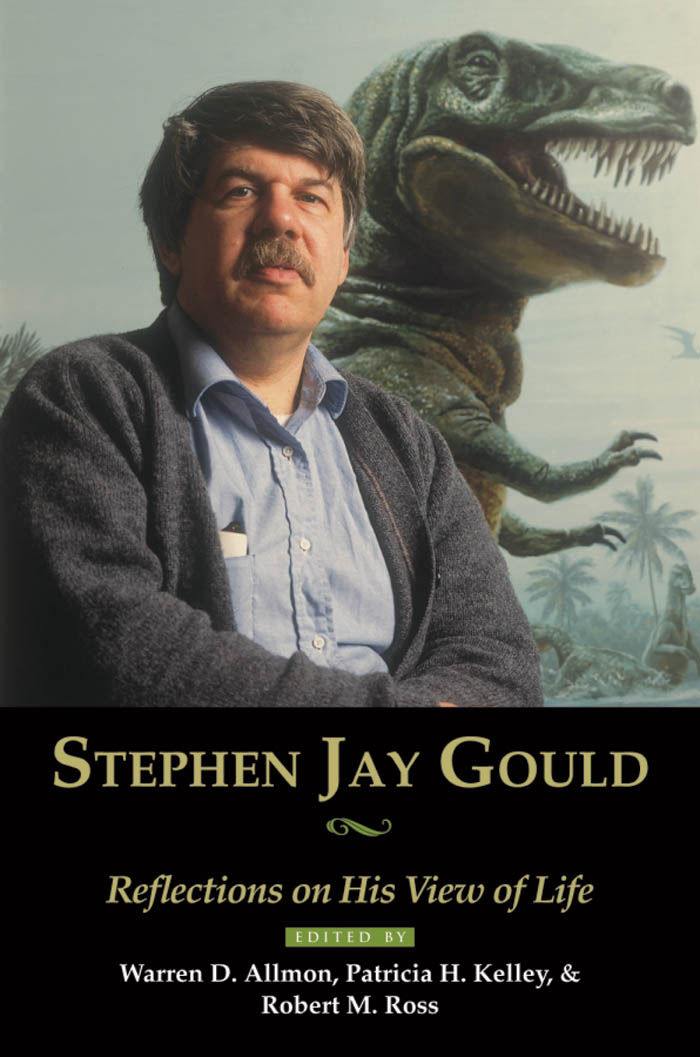
Table of Contents
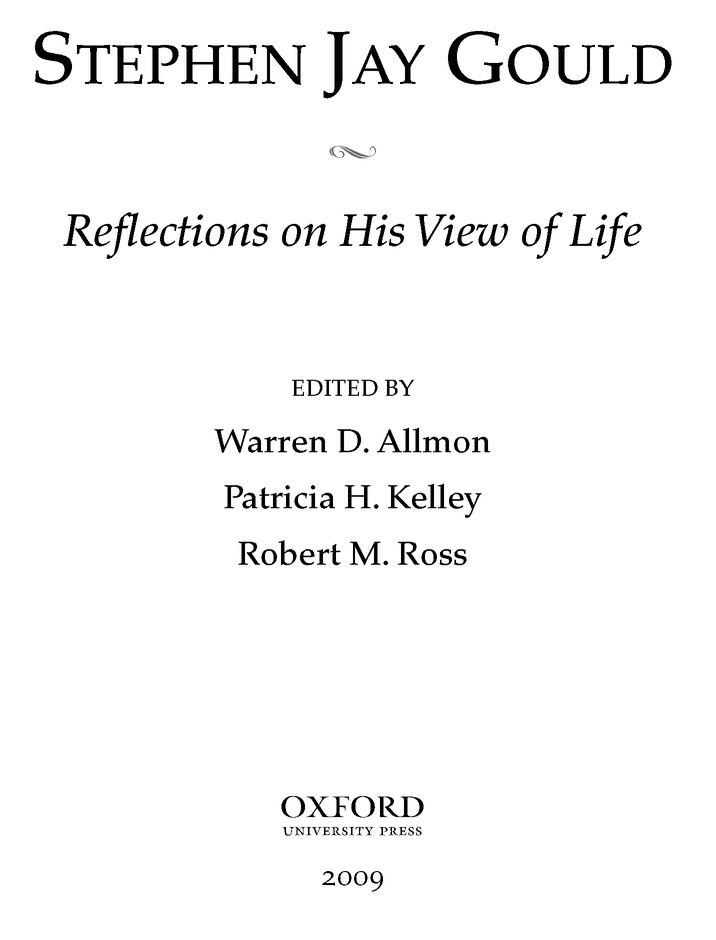
Editors Preface
A teacher... can never tell where his influence stops.
Henry Adams (1907, 300), used by Steve Gould as an epigraph in The Pandas Thumb
Although Steve Goulds death on May 20, 2002, provided the immediate impetus for this book, its original motivation came from a review of his book Structure of Evolutionary Theory, published just before his death. That reviewby someone who in our view clearly had no idea what punctuated equilibrium or species selection were aboutsuggested to us that Steves science was even more widely misunderstood than we had thought. We said to each other at the time that someone needed to do something about this situation.
Steves death took most of his students and close colleagues by surprise, although a few of us were aware that he had been ill. For many of us, it left a great hole in our lives. After his death and the several memorial services that followed, the three of us were asked to organize a symposium in Steves memory at the annual meeting of the Geological Society of America, which convened on November 2, 2003. We invited students and close colleagues of Steve to participate in this symposium, asking each to explore an aspect of his thought from his or her own relatively intimate perspectivethat is, from the point of view of one who had known well, learned under, and/or worked with him for many years. Our logic was that such people would be more likely to have a clearer-than-average understanding of his thought and its significance. (Not all of the papers presented at that session are included in this book, and a few that were not presented have been added. Two were originally published elsewhere and are reprinted here.)
Steve Gould was a major and highly influential intellectual figure in science (particularly evolutionary paleobiology) and society over a span of about thirty years of his professional life. Indeed, some assessments during his lifetime deemed him the best-known scientist in the world; what other scientist, after all, merited a guest appearance on the television cartoon The Simpsons? Due to his prominence, a small Gould commentary industry had already become established prior to his death (e.g., Somit and Peterson 1992; Selzer 1993; Sterelny 2001). Furthermore, because Steve published two books (Structure [2002c] and I Have Landed [2001m], his tenth volume of essays from Natural History magazine) in the months just before his death, a number of major review/essays on his life and work appeared around that time, supplemented after his death by various memorials, thereby expanding this industry considerably and laying a foundation for what may well be a significant Gouldiana literature in the future. An essential compilation of his writings has recently appeared (McGarr and Rose 2006), as well as an extract from Structure (Gould 2007), and at least one major biography is in preparation.
Despite such attention, the present volume is the first (and so far only) book to explore critically Steve Goulds numerous and varied scientific and intellectual contributions, what the connections among them are, and what their long-term impact may be on our understanding of the history of life. It is not a conventional memorial festschrift; such has been published elsewhere (Vrba and Eldredge 2005). It is also not (to use Dick Lewontins phrase) a compendium of encomia, nor (as Steve might have said, using one of his favorite words) an attempt at hagiography. Instead, we hope that this book is an informed yet honest assessment of Steves contributions within the scientific, intellectual, and societal contexts of the late twentieth century. In some sense it is intended as a readers guide to Gould.
Steves work was widely quoted and criticized, butat least in our experiencemuch less often read thoroughly and carefully and still less frequently fully understood. We would like to think of the essays here as written by those who knew him best, but this would be presumptuous. We do think we knew him and his thoughts well, or at least a bit better than did most other scientists, including many of his critics. As the chapters of this volume demonstrate, however, familiarity does not necessarily breed agreement. In any case, we wanted to provide what we hope will be some perspective and clarity that we fear might be lost from the scientific communitys understanding of Steves contributions. We wanted to have our say, before the critics and picklocks of biographers (Benet 1930) have had their way with his legacy.
Most of the contributors to this volume were Steves students, to whom he was first and foremost a teacher and mentor. He was not always warm or gentle, or even friendly, to his students, but he valued and inspired excellence, hard work, and accomplishment, and he stretched all of us farther than we thought we could go. He was indifferent to many of the things that excited us (as we were to many of the things that excited him). He was a difficult role model. He decided quickly whom he did and didnt favor, and you usually didnt get a second chance to make a first impression. He didnt always come to our talks at meetings or read our papers. But he worked hard to find us jobs, and he was always very generous to each of uswith his time (when we made appointments), his money, and especially with his mind. For some of us, he was among the most important influences in our entire lives. For all of us, our professional and personal lives are emptier now without him, and we are extraordinarily grateful to have known him well and to have been under his tutelage.
Warren D. Allmon Patricia H. Kelley Robert M. Ross
References
Adams, H. B. 1907. The education of Henry Adams. Washington, DC: Adams. Reprinted by the Library of America, New York, 1983.
Benet, S. V. 1930. The army of northern Virginia. www.civilwarpoetryorg/confederate/officers/generals.html (accessed 6/08)..
McGarr, P., and S. Rose, eds. 2006. The richness of life. The essential Stephen Jay Gould. London: Jonathan Cape. (Also published by W. W. Norton, New York, 2007)
Selzer, J., ed. 1993. Understanding scientific prose. Madison: University of Wisconsin Press.
Somit, A., and S. A. Peterson, eds. 1992. The dynamics of evolution. Ithaca, NY: Cornell University Press.
Sterelny, K. 2001. Dawkins vs. Gould. Survival of the fittest. Cambridge: Icon Books.
Vrba, E. S., and N. Eldredge, eds. 2005. Macroevolution: Diversity, disparity, contingency. Essays in honor of Stephen Jay Gould. Supplement to Paleobiology 31 (2).
Contributors
WarrenAllmon is Director of the Paleontological Research Institution and Hunter R. Rawlings III Professor of Paleontology in the Department of Earth and Atmospheric Sciences at Cornell University in Ithaca, New York. He received his AB from Dartmouth College in 1982 and his PhD from Harvard University under Steve Goulds supervision in 1988.
Richard Bambach is Professor of Geology, Emeritus at Virginia Tech and a Research Associate in the Department of Paleobiology at the National Museum of Natural History, Smithsonian Institution in Washington, DC. He received his BA from Johns Hopkins University in 1957 and his PhD from Yale University in 1969. He was a close friend and colleague of Steve Goulds for more than thirty years and collaborated with him on many projects.
Next page

